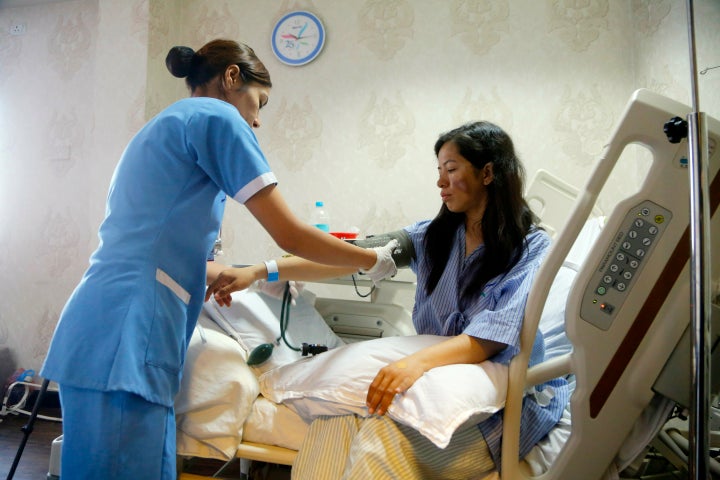Nepal’s tourism board is reportedly considering making changes to rules about who is permitted to climb Mount Everest following pressure over human traffic jams and what has been the deadliest climbing season in years.
“It’s time to review all the old laws,” Yagya Raj Sunuwar, a member of Parliament, told The New York Times on Wednesday.
Government officials have been accused of allowing anyone to attempt the climb, putting lives at risk for a profit. Permits on the Nepalese side of the mountain cost $11,000. There are no regulations on how many can be issued.

Officials are now considering requiring all climbers to submit proof of mountaineering experience and a verifiable certificate of good health, the Times reported.
The potential change is a reversal from earlier comments made by Mohan Krishna Sapkota, secretary at the country’s Ministry of Tourism and Civil Aviation.
Sapkota, speaking with The Associated Press, said they would not only refuse any changes but expressed hope that more tourists and climbers would come. This follows permits being issued to 381 people in 44 teams, the highest number ever, according to the government.
“There has been concern about the number of climbers on Mount Everest but it is not because of the traffic jam that there were casualties,” he said.

Sapkota instead blamed the deaths ― at least 11 so far this year, the highest since 2015 ― on weather conditions, and a lack of oxygen supplies and other equipment.
Overcrowding up and down the 29,000-foot peak has caused long delays that forced climbers to consume their finite oxygen supplies as they waited, in some cases hours, for their opportunity to advance.
Photos and videos taken this season have shown thick lines of climbers waiting to reach the top. Some of them were forced to pass and even climb over bodies as well as fellow climbers that had fallen ill.
Many climbers have blamed the delays on people who are too inexperienced.
“The inexperienced climbers do not even know how to tie on the oxygen masks around their face,” Indian climber Ameesha Chauhan told the AP while soaking her frostbitten toes at a Kathmandu hospital. “Many climbers are too focused on reaching the summit.”
REAL LIFE. REAL NEWS. REAL VOICES.
Help us tell more of the stories that matter from voices that too often remain unheard.
Credit: Source link